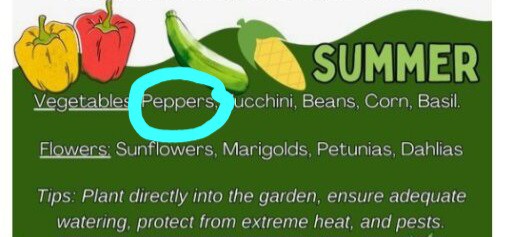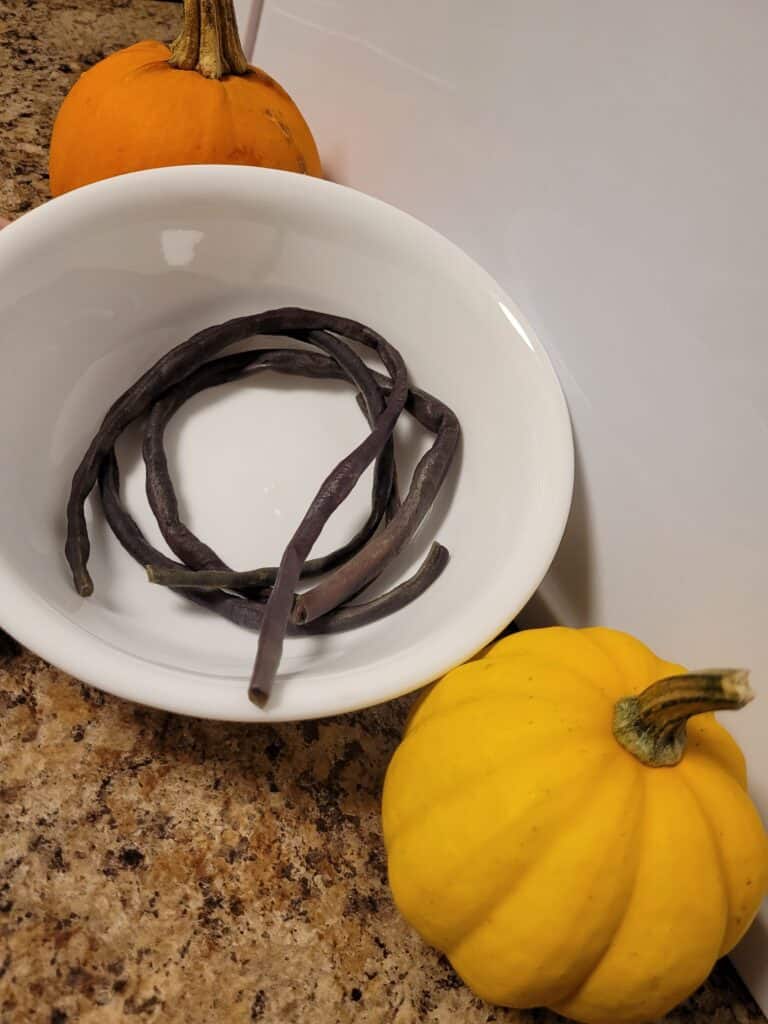Gardening LIES on Pinterest!

I would credit this image to its creator but I could not find a source on Pinterest. Though, honestly, the creator should be grateful to not be found. There are blatant LIES on this list infographic!!!
Can you spot the huge LIE?!
Go ahead… I’ll wait while you look.
Did you find it?

BRAVO! Either you found it or you’re about to learn something. Either way, YOU are a WINNER!
Winter Squash Misconceptions
Winter squash is grown in the SUMMER. In fact, it is typically planted in the spring and allowed to grow through the summer and harvested in the fall. However, depending on the variety and the days necessary to achieve maturity, winter squash can be started from seed in the summer, too.
Winter squash plants DIE at first frost. That’s right. You absolutely cannot plant nor grow winter squash in the winter. (Unless you’re starting seeds indoors or using a greenhouse, but that’s a whole other discussion. For your typical natural outdoor garden, if you are in frost season, also known as winter, you cannot grow winter squash.)
Winter Squash is called as such because the food produced from these plants develops a hard outer shell. This allows the squash to be stored for months without refrigeration or other methods of preservation (though cool, dry storage conditions will provide the longest storage time). This means the squash can be eaten throughout the winter, hence having the name “winter squash” because it is eaten in the winter.
Yes, winter squash can be eaten at times of the year other than winter. Sometimes the store of winter squash can keep up to a year! Though typically the results are 3 to 6 months.
To recap – the winter planting guide is incorrect.
- Winter squash is
grown in the SUMMER. The
plants die at first frost. - It’s called “winter squash” because
they have a hard outer shell
allowing the squash to be
stored and eaten throughout the
winter. - It does NOT grow in
the winter at all!
Bonus Points

The winter list is further incorrect because Brussels sprouts, cabbage, and collard greens can continue to live and provide food in the winter (depending on region and weather conditions), BUT they will NOT sprout if planted in the winter. If you want to eat these plants during winter, you must get them growing in late summer to early fall for them to achieve enough maturity to endure frost without failing. So yes, these are winter tolerating plants, but no, they cannot be planted in the winter.
Onions are the only thing on this list that can be planted in the winter. However, they need mild early winter conditions. Once the weather has turned harsh, the opportunity to plant won’t be back until spring.
Extra Credit

Peppers are planted by seed indoors in the winter or directly in the garden in the spring. However, you will grow more peppers with your first harvest starting earlier if you start your seeds early indoors and transplant the seedlings in the spring. Or you can purchase seedlings to plant in the spring. If you plant pepper seeds in the summer, there won’t be enough time to grow peppers before frost arrives killing the pepper plant.
So the infographic, despite appearing to be well organized authoritative work, is riddled with errors. And these are not just careless typos that are part of being human, these errors are ignorantly not factual.
I hope this brought valuable insight into your gardening endeavors. If you already knew all of this, take this as proof you are no longer a rookie in the garden.







